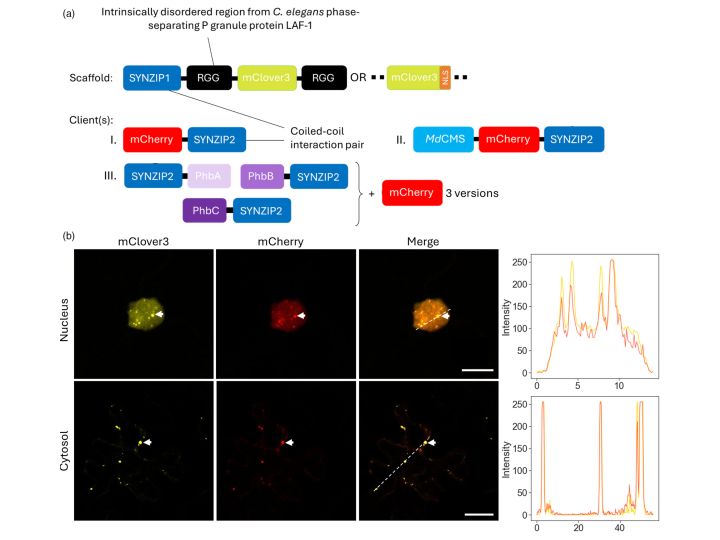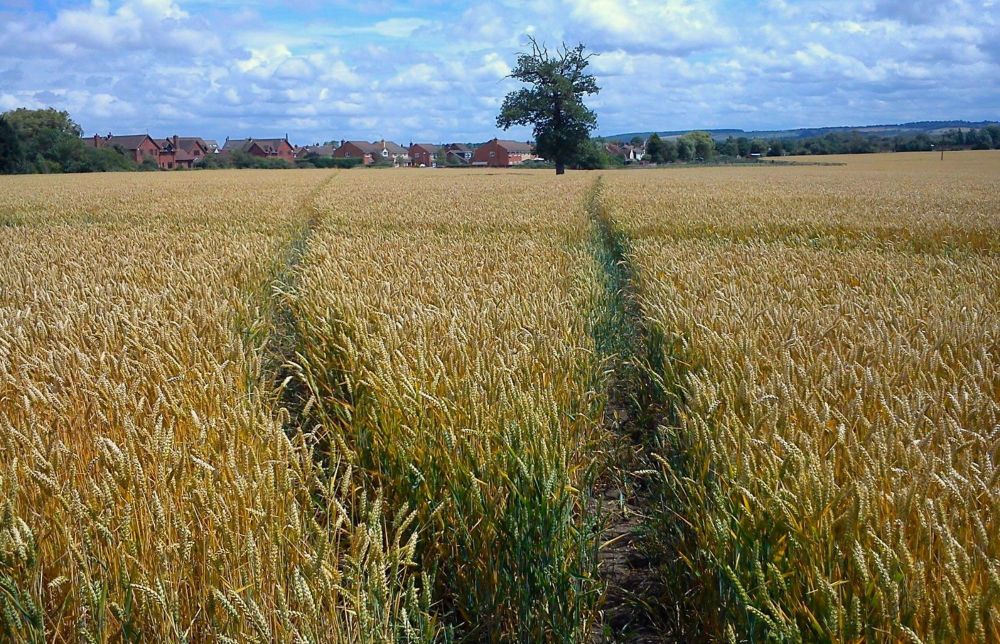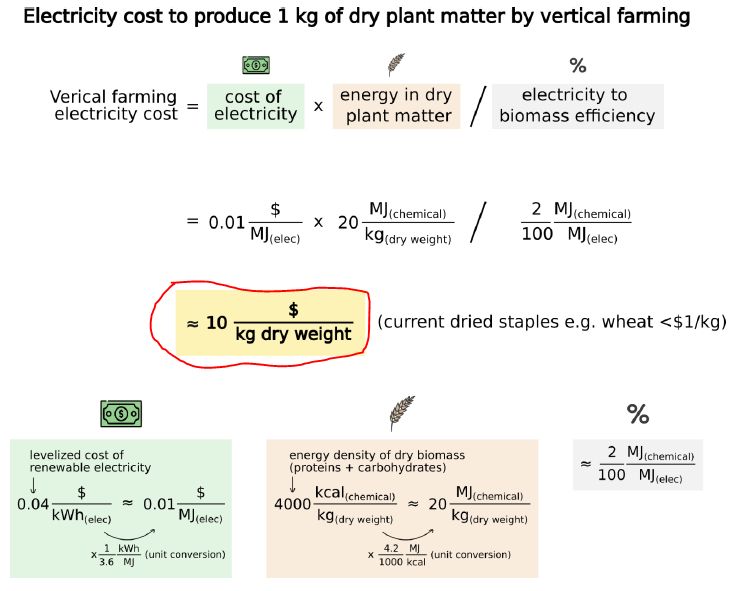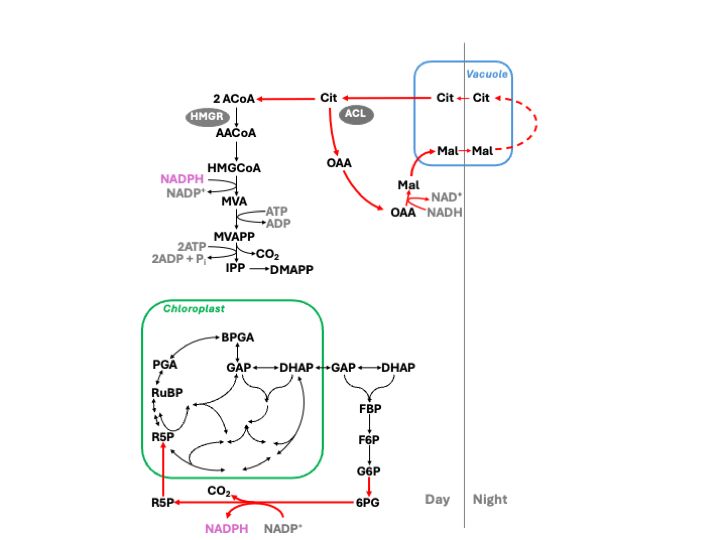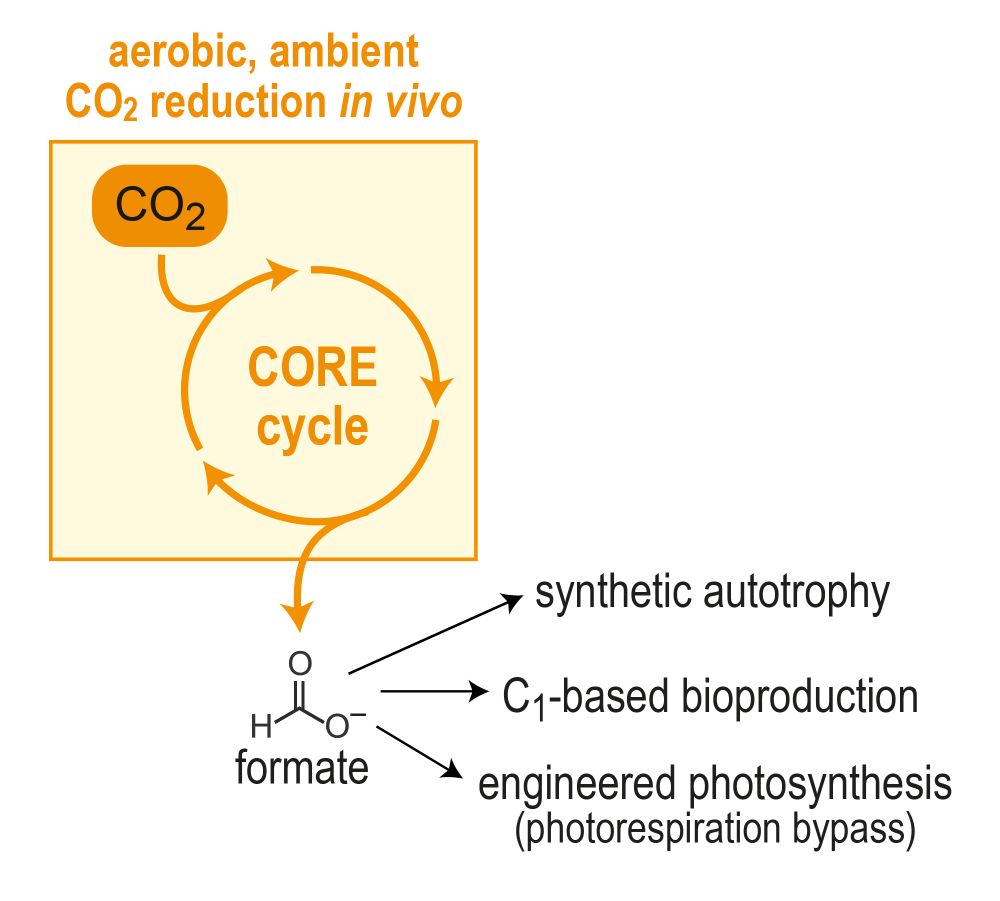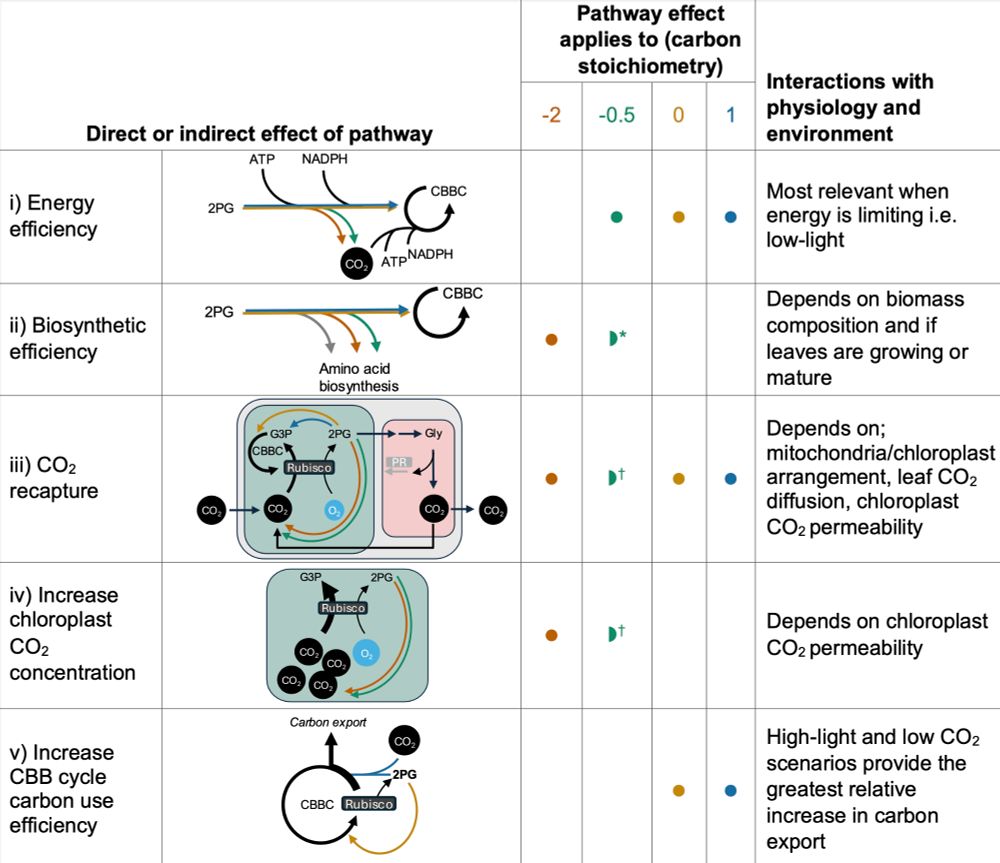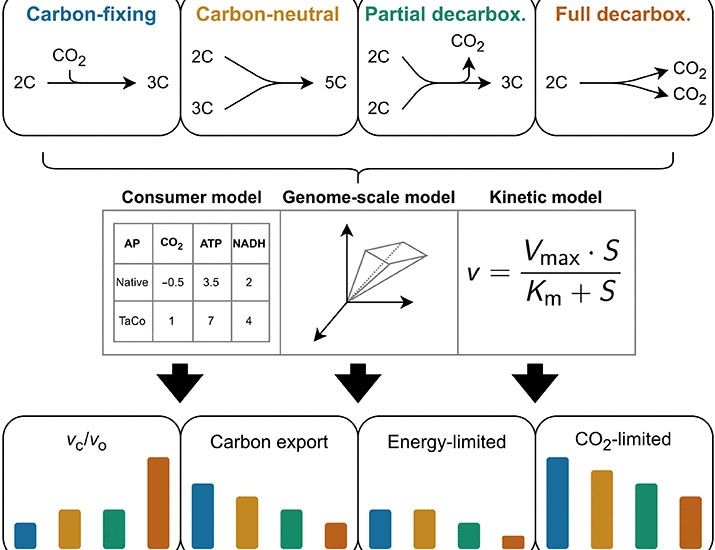Edward Smith
@tednsmith.bsky.social
520 followers
180 following
16 posts
Biochemist using flux analysis to investigate the amazing metabolism of plants 🌱🌿🌵👨🔬
Posts
Media
Videos
Starter Packs
Reposted by Edward Smith
Edward Smith
@tednsmith.bsky.social
· Apr 16
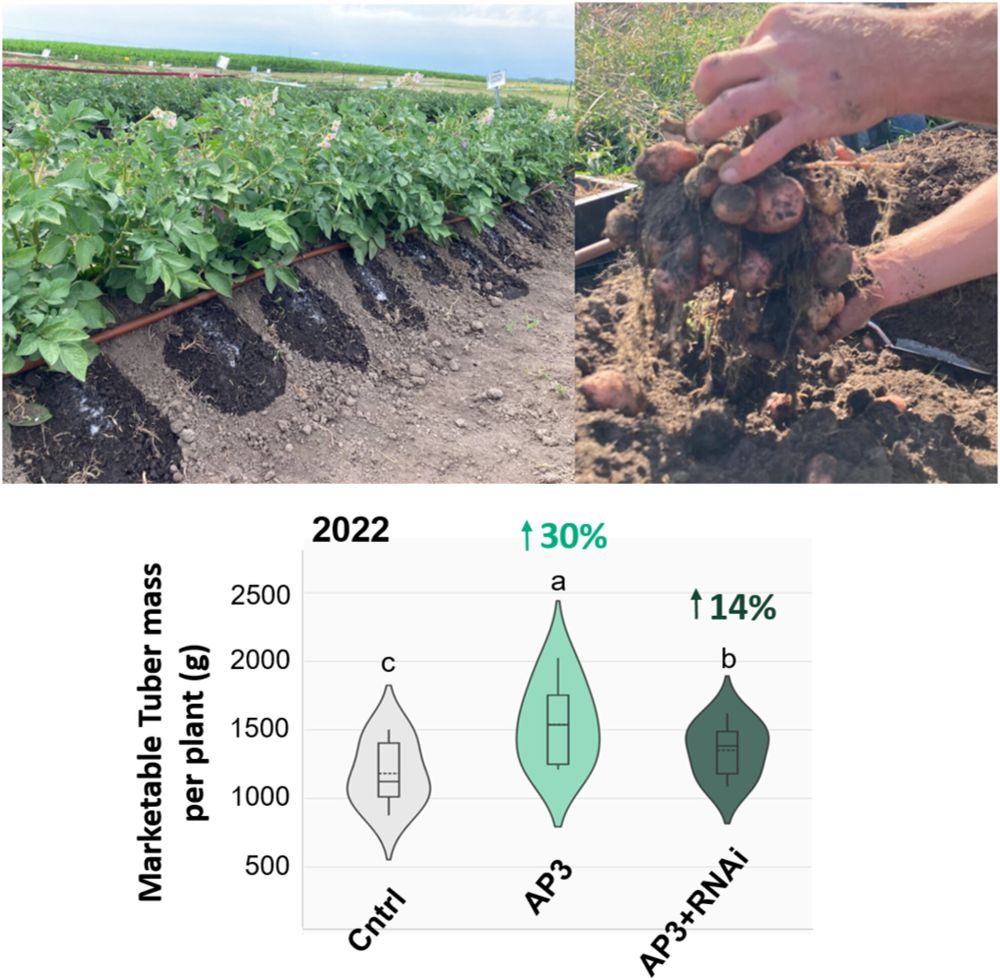
Shortcutting Photorespiration Protects Potato Photosynthesis and Tuber Yield Against Heatwave Stress
Over two growing seasons, a chloroplast localized synthetic glycolate metabolic pathway expressed in potato, enhanced tuber biomass. We confirmed that this yield benefit did not come at the cost of t...
doi.org
Edward Smith
@tednsmith.bsky.social
· Apr 16
Edward Smith
@tednsmith.bsky.social
· Apr 16
Edward Smith
@tednsmith.bsky.social
· Apr 16
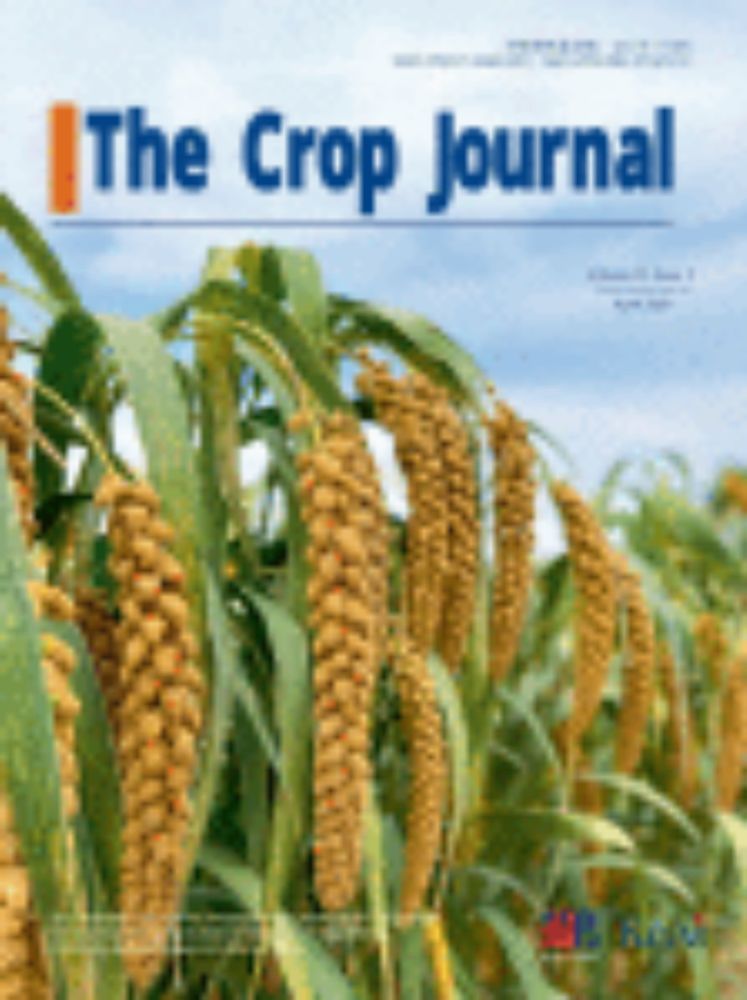
A synthetic glycolate metabolism bypass in rice chloroplasts increases photosynthesis and yield
Photorespiration consumes photosynthetically fixed carbon and reduces yields by 20%–50% in C3 crops. In an attempt to increase photosynthetic efficien…
www.sciencedirect.com
Reposted by Edward Smith
Reposted by Edward Smith
Edward Smith
@tednsmith.bsky.social
· Apr 4
Edward Smith
@tednsmith.bsky.social
· Apr 4
Edward Smith
@tednsmith.bsky.social
· Apr 4
Edward Smith
@tednsmith.bsky.social
· Apr 4
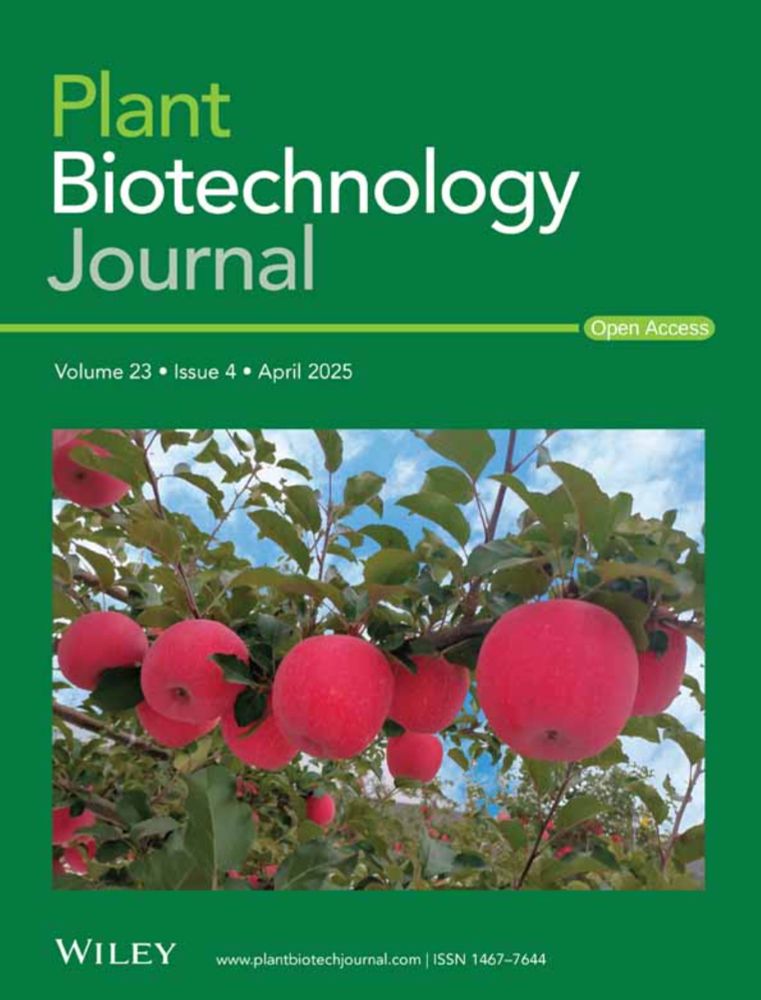
Synthetic photorespiratory bypass more stably increases potato yield per plant by improving photosynthesis
The bioengineering of photorespiration has emerged as a key target for improving photosynthesis and crop yield. In our previous study, two photorespiratory bypasses, GOC and GCGT, were successfully e...
onlinelibrary.wiley.com
Edward Smith
@tednsmith.bsky.social
· Apr 2
Edward Smith
@tednsmith.bsky.social
· Apr 2
Edward Smith
@tednsmith.bsky.social
· Apr 2
Edward Smith
@tednsmith.bsky.social
· Apr 2
Edward Smith
@tednsmith.bsky.social
· Apr 2

